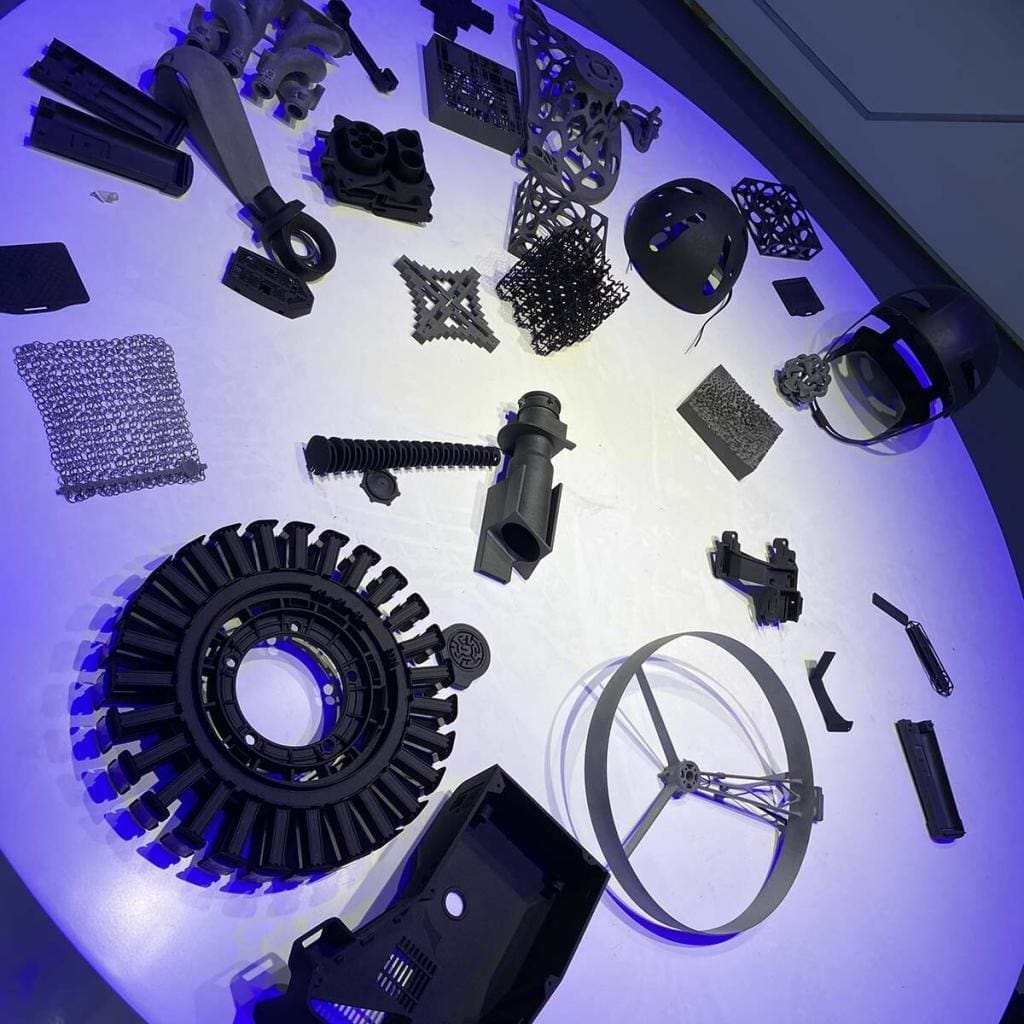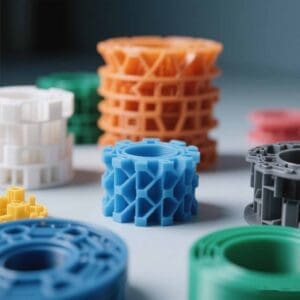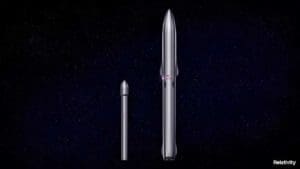1. What are the advantages of 3D printing?
3D printing offers many benefits to individuals and businesses. Here are some important advantages that 3D printing offers:
- Faster production: 3D printing is faster than traditional manufacturing, including injection moulds and reduced material production
- Cost effective: 3D printing is the most cost effective manufacturing process for small batch production and applications
- Flexibility: 3D printing can create almost anything that fits its build volume
- Easy to use: 3D printing is easy to use and anyone can use a 3D printer
- Better quality: 3D printing can produce high-quality parts with complex geometric shapes and intricate details
- Explicit design and product testing: 3D printing allows the creation of prototypes and models that can be tested and improved prior to final production
- Creative design and customization freedom: 3D printing allows the creation of unique custom designs (3D Printing Product Design)
- Unlimited shapes and geometries: 3D printing can create complex shapes and geometries that cannot be produced by traditional manufacturing methods
- A variety of raw materials: 3D printing can be done using a variety of materials, including plastics, metals and composite polymers
- Reduce waste generation: 3D printed products produce less waste than traditional manufacturing methods
2. What are the technologies of 3D printing?
Here's our list of some 3D printing technologies, including:
- Fused Deposition Modeling(FDM) : FDM is the most common 3D printing technique. Filament, usually thermoplastic, such as PLA or ABS, is heated and melted by the print head of anFDM 3D Printerand extruded from the nozzle
- Liquid-crystal display(LCD):LCD 3D Printeris formed by selective ultraviolet light, the printing accuracy can reach 0.025mm, the surface is smooth, and the volume of one surface is formed each time, and the speed is fast.
- Stereo lithography (SLA)SLA printers are good at producing high quality, high precision parts with smooth surfaces
- Digital Light Processing (DLP) : DLP uses a projector to cure photosensitive polymer resins layer by layer
- Multi-jet fusion (MJF): MJF uses a combination of inkjet printing and sintering to create parts
- Selective laser sintering (SLS)SLS converts nylon base powder into solid plastic by laser
- PolyJet: PolyJet is another 3D printing technology that uses photosensitive polymer resins. It can produce parts with high precision and smooth surfaces
- Direct metal laser sintering (DMLS) : DMLS use lasers to melt and fuse metal powders together
- Electron beam melting (EBM) : EBM uses electron beams to melt and fuse metal powders together
3. What materials are available for 3D printing?
3D printing materials come in many categories, including plastics, metals and composite polymers. Each of these categories contains a range of different material types used in each 3D printing method. We also offer a variety of materials-3D Printing Service. Some of the most common 3D printing materials include:
- Thermoplastics: ABS (acrylonitrile butadiene styrene) and polylactic acid (PLA) are one of the most commonly used thermoplastics in 3D printing
- Metals: Titanium, aluminum and stainless steel are the most commonly used metals in 3D printing
- Composite polymers: nylon fiber and glass fiber are the most commonly used composite polymers in 3D printing
4. What are the applications of 3D printing?
3D printing has evolved significantly and can now play a key role in many applications, the most common being manufacturing, medicine, architecture, custom art and design, and can range from fully functional to purely aesthetic applications. Some of the most popular 3D printing applications include:
- Education: 3D printing is used for education, teaching students about design, engineering and manufacturing
- Prototyping and manufacturing: 3D printing is used for prototyping and manufacturing to create prototypes and models of products
- Medicine: 3D printing is used in medicine to create prosthetic limbs, implants and surgical models
- Architecture: 3D printing is used in architecture to create building components such as walls, baseboards and roofs
- Art and jewelry: 3D printing is used in art and jewelry to create unique and intricate designs










